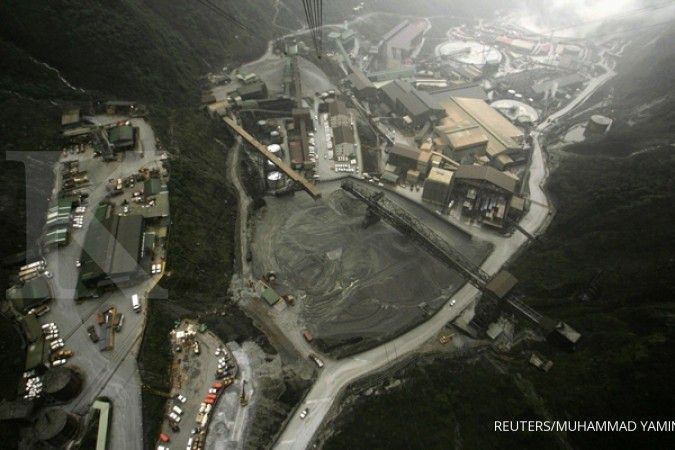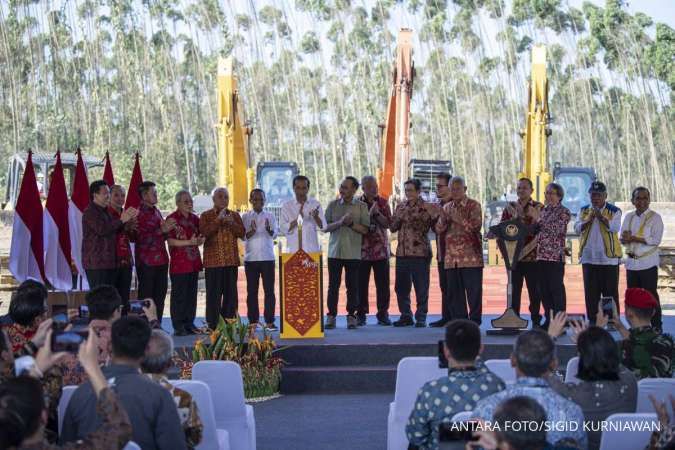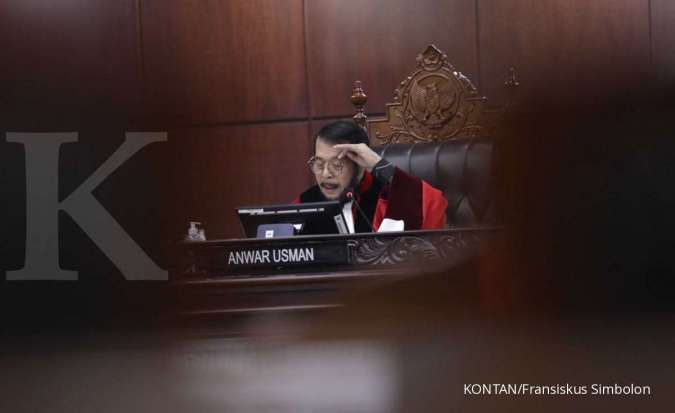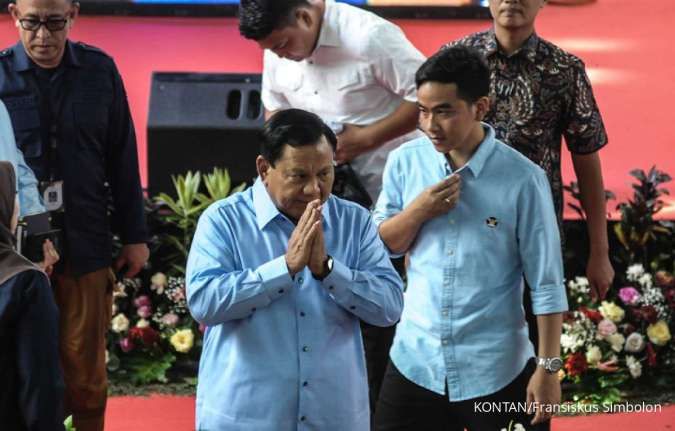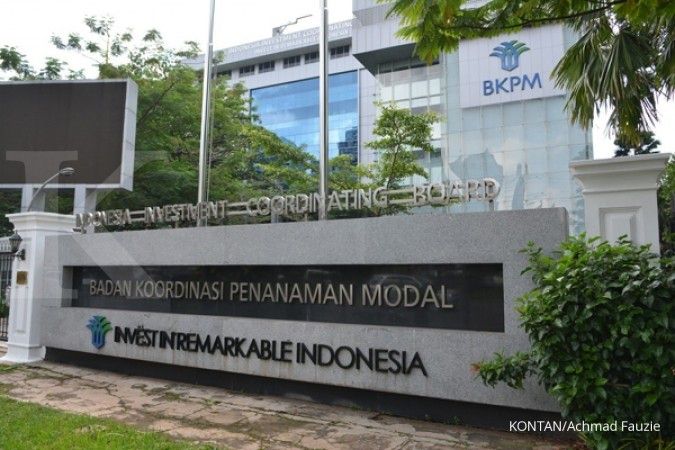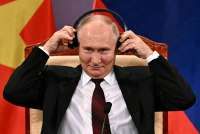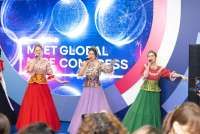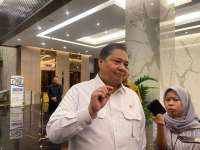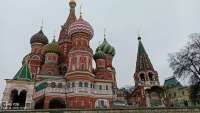ELECTRIC VEHICLE-JAKARTA. The government ensures efforts to boost the downstream of nickel into electric vehicle batteries will continue to be carried out.
This commitment was conveyed amid the fierce competition of Lithium Ferro Phosphate (LFP) and NMC-based battery technology, which is a combination of Nickel, Manganese, and Cobalt.
The Minister of Energy and Mineral Resources (ESDM), Arifin Tasrif, explained that the adoption of LFP battery technology for electric cars by several automotive manufacturers is indeed quite dominant.
"We indeed have a problem, the downstream of lithium (NMC) batteries has not moved. That's what needs to be developed," said Arifin at the Directorate General of Oil and Gas Office of the Ministry of ESDM, on Friday (16/2).
Read Also: Indonesia Presidential Contender Ganjar Takes Slim Lead in New Poll
Arifin explained the potential of the nickel industry in Indonesia in the future is still very potential. With a two-wheeled vehicle population reaching 120 million units and four-wheeled as many as 24 million units, the need for nickel-based batteries will still be needed.
In addition, each type of electric battery is considered to have its market.
"What we need to pay attention to is quality and on the other hand we need to encourage the industrialization of our mineral natural resources to be able to produce electric batteries," added Arifin.
Previously, Special Staff of the Minister of ESDM for Acceleration of ESDM Sector Industry Development, Agus Tjahjana revealed, that these two types of batteries each have their market.
"(There is a market) for low-end and high-end. Both are profitable. High-end is expensive, why use LFP which has a short range and then heavy," explained Agus met at the Ministry of ESDM, Friday (28/1).
Read Also: Indonesia Incentivizes Mining Firms to Restore Forests in IKN Nusantara
Agus revealed low-end electric vehicles will use LFP batteries. Meanwhile, the high-end electric vehicle market will use NMC. He gave an example, Hyundai's electric vehicle type Ioniq has been confirmed to use NMC batteries.
Meanwhile, the density or energy capacity of these two types of batteries is generally different.
The density level of LFP is considered lower. If then LFP technology wants to increase its capacity then its volume will also increase. This method is considered not suitable to be applied to high-end vehicles.
"Imagine you use an expensive car (but) it's heavy with batteries, it's not suitable," Agus explained.
Agus explained, that for expensive or high-end electric vehicles, it is better to use expensive battery technology like NMC because it can save space and is lighter.
Read Also: Indonesia Invites China to Develop Trackless Trains in the New Capital City (IKN)
Meanwhile, cheap or low-end vehicles and transportation fleets such as trucks or buses can use LFP technology.
In terms of usage age, LFP is considered superior to NMC, one of the factors is the level of absorption or consumption of LFP energy is lower.
Although in terms of price, NMC technology is still more expensive, the trend of price decline is considered to continue to occur.
Agus also emphasized, that in building a battery factory, an international-scale factory is needed with a fairly large investment.
"The battery factory can't just be on a national scale, whether it's LFP or NMC it has to be international scale. If we limit it to use NMC because we have NMC, people will run away," said Agus.
/2022/07/26/2121106132p.jpg)
